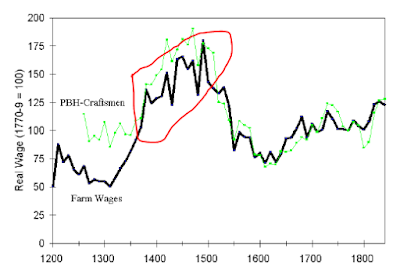The Hydrogen Opportunity for India: A One Pager Summary
The Sun runs on hydrogen (H2), so why can’t Earth (with electrolysis)?
Hydrogen is one of the cleanest, 0 carbon fuels on burning, and has 140x more energy storage capacity than a lithium iron battery, per some estimates.
Current global carbon emissions are over 40-45 billion tons per annum, over 50% of which come from three regions: USA, China, and EU. These three have committed to becoming net zero CO2 by 2050-2060, a feat that would be nigh impossible without exploiting the H2 opportunity.
Current hydrogen production is 70 million tons per annum (MTPA), and is expected to rise to 545-560 MTPA by 2050.
Almost all of current H2 is produced using fossil fuels and is referred to as grey H2 (if there is no carbon capture) or blue H2 (if there is carbon capture). By 2050 most of it will be green H2, i.e., derived using renewable power sources like solar/ wind etc.
Unlike current H2 usage which is mostly in the chemicals space, it is likely to become a clean fuel source used by Power & Industry (32% of 2050 use) and Mobility (28%) in particular.
Ramp up in green H2 use will come on account of:
- Falling price of renewable energy
- Falling price of capex used for electrolysis
- Larger scale of H2 projects
Green H2 is most economically viable when used to replace diesel-powered heavy-duty transport or machinery equipment. It must be noted that heavy duty transport is just 10% of vehicle population, but causes 45% of transport CO2 emissions.
Analysts expect green H2 is already at better economies than conventional energy for forklifts, and is expected to breakeven with Trucks by the year 2025, and with trains/ ships by 2030.
Key advantages of Fuel Cell EVs (FCEVs) vs. Battery EVs (BEVs) for commercial trucking is:
- FCEVs have recharging time of 15 minutes vs. 3-16 hours for BEVs
- FCEV’s have 80% lower powertrain weight vs. BEVs, allowing 25% more cargo capacity
- Easier to create a network of H2 refilling station along known routes by highways instead of in cities where battery electric passenger vehicles are likely to dominate
- FCEVs expected to reach breakeven point with ICEs by 2025, and BEVs by 2028-2030



Comments
Post a Comment